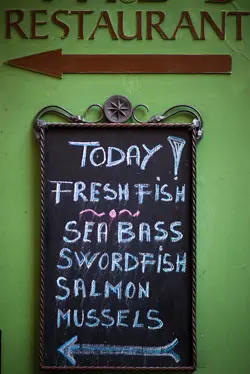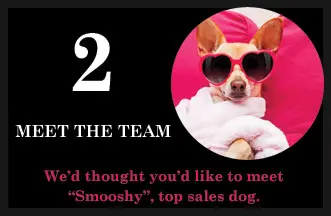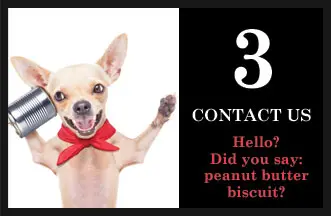In the world of email automation, and email marketing in general, we get asked a lot of questions. One glaring question that comes up often is – How much is too much when it comes to sending emails, and specifically automated emails?
I think that the answer to this lies beneath the layers of intent and purpose….frankly, it all depends.
Here’s why.

This can be a very effective use of email, provided that the people who signed up for the emails want that specific information, and they want it at that time.
As you begin building out your email list, you need to determine how often your subscribers should get email from you. Let me share with you another example, this one with email automation.

If we were designing this program, we would start with a white board discussion with the storage shed business owner. Here are some questions we would ask, that would lead us into a decision on how often to send emails:
- How long is the average buying cycle for a storage shed?
- What is the average price of a storage shed?
- Does the consumer most likely buy over the phone, internet, or in person?
- Other than specifications, what information do buyers look for before purchasing a shed?
- What are some frequently asked questions that you hear from your prospects?
- What’s the number one objective to buying your storage sheds?
- What’s the average time to deliver a shed after purchase?
- Do you sell other items to clients after they buy a shed?
- Is buying a shed an urgent matter, in any situation?
These sample questions help us shape how the email automation will function. We need to address the objections BEFORE the average buying cycle is completed, as that will increase the likelihood that the prospect will buy from this storage company rather than a competitor.
One thing to note:
When prospects are researching companies to do business with,
the more responsive company will win the business
greater than 50% of the time.
Prospects trust companies that they can get in touch with.
That even means building a relationship via emai
Let’s make up a scenario to walk you through an automation process.
Case Study: Law Firm specializing in Personal Injury
Goal: Obtain more clients who have had an accident
Solution: Develop a few documents that can be provided, gratis, via the website, that helps a person involved in an accident, navigate what to do next.
Business Case Data: Prospects engage a lawyer within 14 days of contacting them. (To be clear, I have made up this time frame, this information would come directly from the law firm. Please note that I am also making up this content for the emails below. Content would be created in consultation with the firm.)
Here is what we would recommend for email automation:
Day 1 – Prospect visits website, enters email for free guide on how to deal with an accident. Guide is emailed directly to prospect upon request
Day 1 – 4 hours later – Did you get the guide?
Day 2 – Questions? Do you have any questions about the guide? If we can help you at all please let us know.
Day 3 – Soreness can set in – Content about how uncomfortable accident victims can get after just a few days.
Day 5 – Did you know that many accident victims miss more work than they intend to?
Day 7 – If you want to chat, we are here for you.
Day 10 – A guide to understanding your rights (leads to another download)
Day 14 – We hope you are feeling good – either way, give us a call, we’d love to talk with you briefly.
Day 28 – We hope you found the download valuable. We are always looking for feedback. Do you have any?
The goal here is urgency based on the proposed time frame of standard business rules. Additionally, what we are really looking for is to have a conversation. Since people do business with whom they know, like, and trust, it makes the most sense to drive at a personal conversation to discuss whether or not the prospect and the business are a good fit. This matters to both storage shed businesses and law firms.
Sometimes, automation can go on for months or years. At inConcert, we have a specific email automation process that goes for 7 months. However, I assure you that it does not send an email everyday for 7 months, now that would be overkill and frankly annoying.
Remember that the #1 reason people unsubscribe from emails is because they simply get too much of it. Not too much from you, just too much as a whole. However, if you give real valuable content to the recipient, they won’t unsubscribe. In fact they will look forward to receiving your content.
Here are a couple scenarios that you could use for automated email marketing:

Guidebook with emailed blog notification: User downloads a guidebook, then every week after that they receive an email highlighting a top blog post. It’s effective and not overwhelming. It’s also relevant to the area guidebook.

Meet The Team: Monthly you could send an email out with a team member profile, highlighting who they are and what they do at your company. This could be triggered by visiting a specific page(s) on your website.

Contact us: Send 2 follow up emails after your contact form is submitted. Bonus idea: Have one of the emails lead the user to another page or guidebook that will trigger another automation sequence.
Bottom line, always work the flow out on a white board. If you don’t, you’ll be sorry! We used to design it in our heads, then started building it and we always found problems and challenges. Then we started whiteboarding it out and BAM….it all came together!


